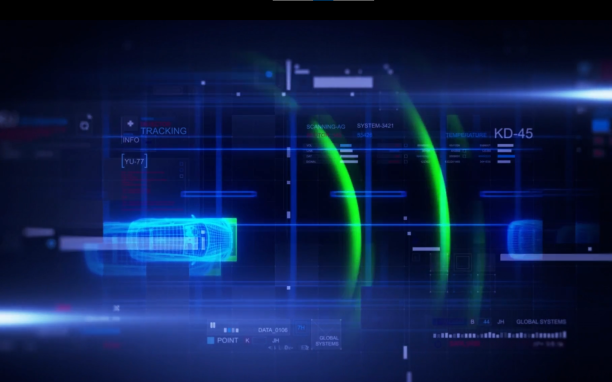
Real-Time Innovations (RTI), which says it is the largest software framework company for autonomous systems, today announced RTI Connext Drive 2.0, a production-grade connectivity framework for software-defined vehicles. The news was announced during RTI’s second annual Automotive Forum earlier today.
Connext Drive now accelerates direct integrations into AUTOSAR Classic and Open Robotics’ ROS (Robot Operating System) 2, enabling developers to leverage data-centric connectivity with familiar ecosystem architectures. This allows a faster start to build, eliminates the need for custom programming, and minimizes overall system complexity and cost while building a future-proof, evolving system that maximizes performance.
Connext Drive 2.0 offers an accelerated path to deliver high-performance compute capabilities via safety-certification components and teleoperation plug-ins. It is based on the DDS (Data Distribution Service) standard from the DDS Foundation, the leading data connectivity standard that has also been adopted by automotive standard organizations behind AUTOSAR and ROS. This helps OEMs rapidly design multiple vehicle architectures by selecting the optimal features and functions for any specific use case.
More specifically, three main improvements come with the new Connext Drive 2.0.
The Integration Toolkit for AUTOSAR Classic includes a set of tools bridging AUTOSAR Classic ECU modeling and configuration workflows with RTI Connext Drive 2.0 for rapid and scalable communication of embedded, real-time, and secure systems. This integration simplifies the design and evolution of DDS-enabled automotive ECUs.
The ROS 2 Toolkit features a growing library of tools that eases ROS 2 and Connext Drive ecosystem integration, providing ROS 2 developers with a bridge to production-grade systems. Through this integration, users can slash latency in their ROS 2 systems through a custom ROS Middleware Wrapper developed by RTI.
The Drive Launcher helps users design a vehicle according to specific use cases including for next-generation E/E systems, ADAS, teleoperations, simulation, or high-performance compute. By selecting the optimal features for specific use cases, developers achieve increased productivity and accelerated time to market. Users can now ease project development with direct access to the full set of utilities, services, and tools available on the platform.
“Connext Drive 2.0 reinforces the market commitment from RTI by initiating a use-case driven product,” said Pedro Lopez Estepa, Market Development Director, Automotive at RTI. “At RTI, we’re dedicated to helping our customers overcome the current architectural limitations in automotive with a product that secures several annual releases including a long-term safety-certified modular solution to enable Autonomous and Electric Vehicle innovation.”
With today’s announcement, Connext Drive 2.0 includes components safety-certified to the highest level of software certification, ISO 26262 ASIL-D, by TÜV SÜD. This ensures functional vehicle safety to the needs of each individual component, from the ECU to the central gateways. Additionally, it now includes interoperability with two popular real-time operating systems: Blackberry QNX for Safety over ARMv8 and AUTOSAR Classic OS implementation over Infineon Technologies’ TriCore. This offers a reliable and low-risk path to safe, production-grade vehicles.
“RTI Connext Drive helps address a fundamental challenge for the vehicle of tomorrow by providing a data-centric architecture,” said Nelson Quintana, Head of the Infineon’s Automotive Silicon Valley Innovation Center. “We recognize the value of such technology and look forward to expanding our cooperation with RTI to bring its DDS-based technology, combined with Infineon’s leading automotive microcontroller portfolio including the AURIX family, to enable next-generation E/E architectures.”
Connext Drive 2.0 is already in production vehicles on the road in the U.S., Europe, and Asia.

